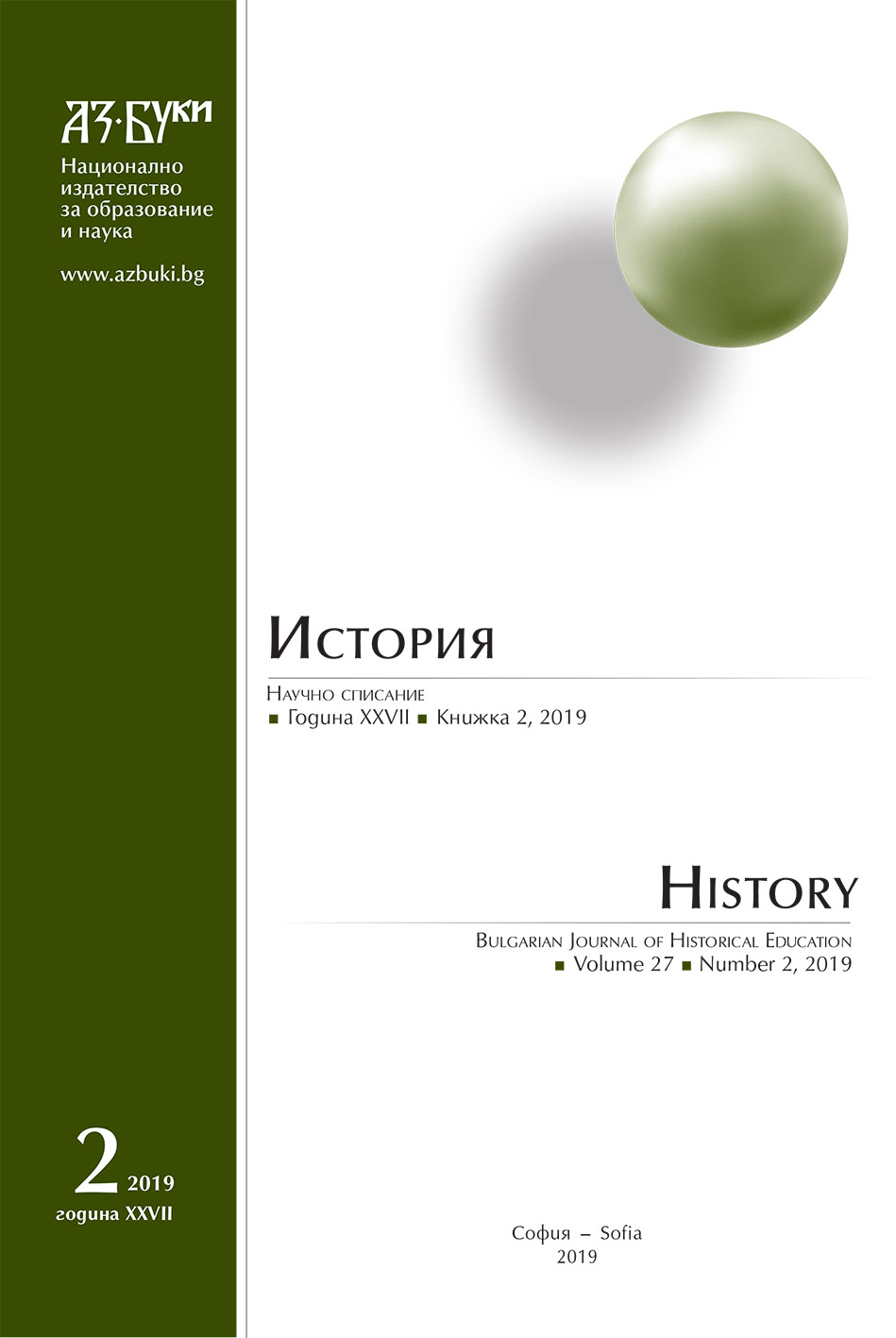
We kindly inform you that, as long as the subject affiliation of our 300.000+ articles is in progress, you might get unsufficient or no results on your third level or second level search. In this case, please broaden your search criteria.

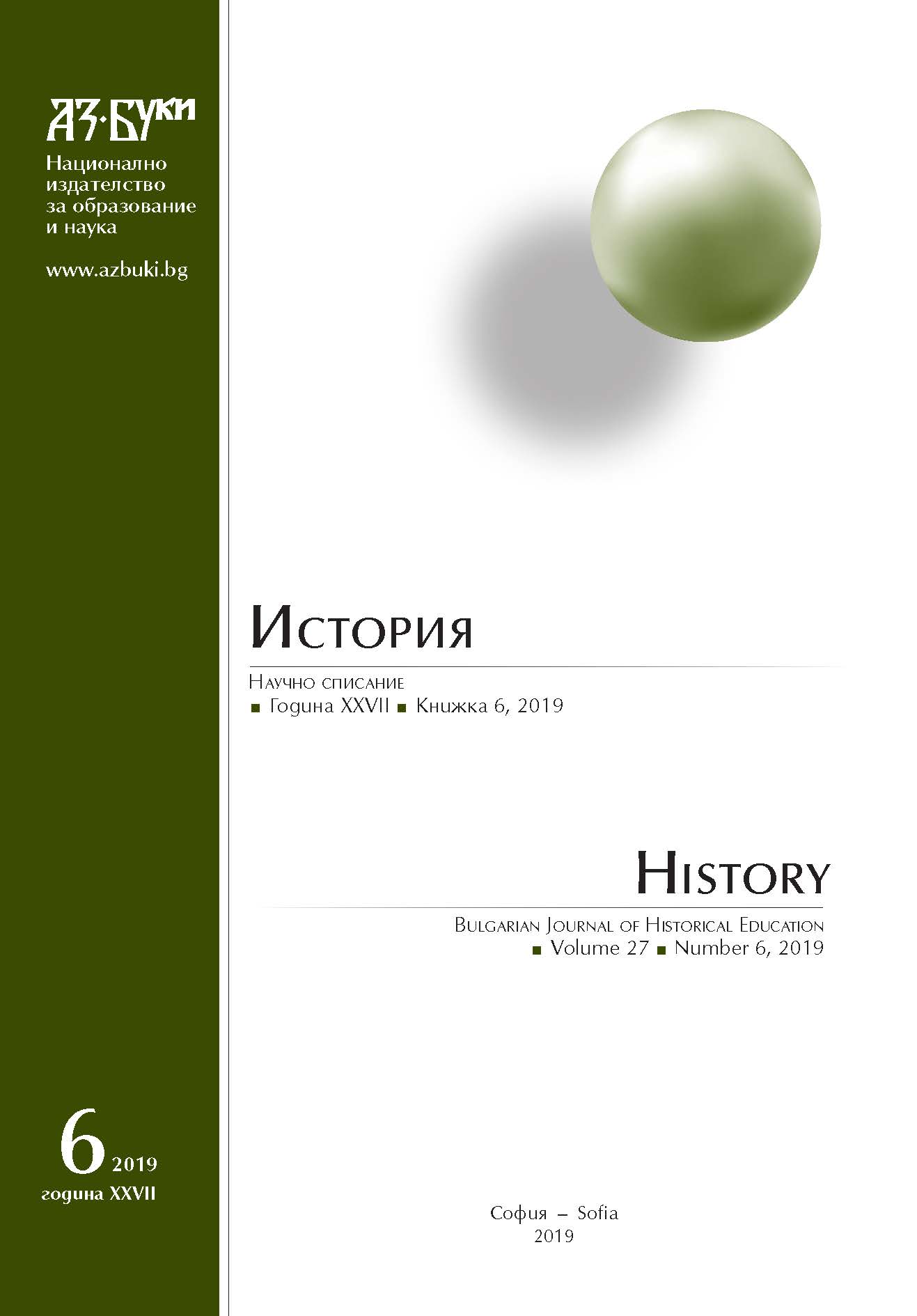
The modern town of Ihtiman owes its establishment and further development during the Ottoman period to the members of the noble Mihaloğlu family who settled in Ihtiman and turned it into its residence and a center of its large pious foundation, founded to support the religious, charitable and educational institutions built in the town. The history of Ihtiman remains closely linked to the Mihaloğlu family ever since its establishment until the end of the Ottoman rule in the Bulgarian lands. The present article outlines the development of the waqf of Mihaloğlu Mahmud bey in the area of Ihtiman from its foundation till the first decade of the 20th century in an attempt to point out to its importance for the period of Ottoman rule as well as during the period immediately after the proclamation of independent Bulgaria when the so-called “waqf question” occupies a key place not only in the international relations of the young national state with the Ottoman empire but it also stood out as an essential problem in internal politics as well. The documents from the period after the Russo-Ottoman war of 1877–1878 allows for the elucidation of certain hitherto understudied questions connected to the last years of Ihtiman pious foundation’s existence in particular, as well as to the tracing out of the fate of the members of the Ottoman elite in the face of the Ihtiman waqf administrators during the new political and economic conditions of the national Bulgarian state.
More...
The article aims to show some unknown historical facts about the death of King Edward VII of England. In this context the political relations between the British Empire and the Kingdom of Bulgaria are developing. In view of the polarization of Europe between the Triple Alliance and the Entente, Sofia seeks to secure the support of London and to establish good connections and feelings. Bulgaria’s foreign policy is still with loose hands, but considering the pursuit of national unification, it looks for allies and friendly countries. Naturally, King Ferdinand I and his family ties to the royal family of England are naturally counting, given the English-Russian idea circulating in the diplomacy of 1908-1909 to create a Balkan Union.
More...

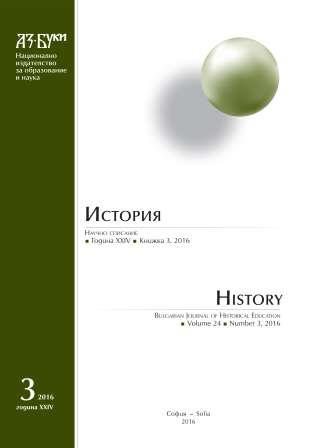
The aim of the study is to analyze the St Stephen Church in Istanbul from an architectural and artistic standpoint and prove that it was conceived as part of an architectural complex. Each constructive decision of the large working team is interpreted in the culturological sense with the aim of highlighting the significance of the use of contemporary and relevant decisions for the late 19th century, such as the steel construction of the church. Thus, conclusions are drawn which differ from the conclusions that have come to predominate in the public space.
More...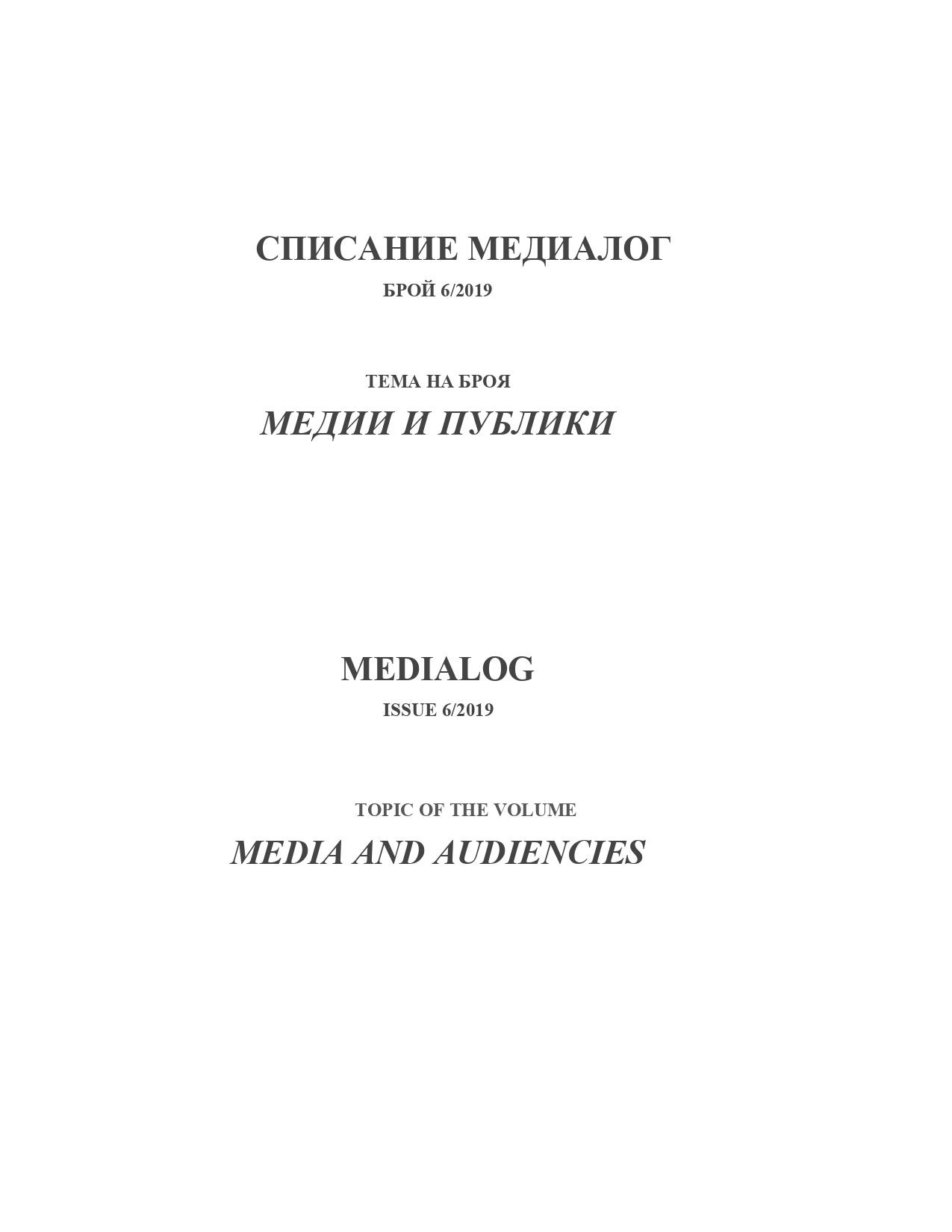
The research of the media publications and TV shows after 1989 with the participation of a certain group of musicians - the artists making Estrada - shows that there is an area where the power of the audience is a necessity that preserves the power of the author. The Estrada musicians describe their audience as a ‘good person’ or a child, they need to teach how to recognize valuable music. In the period 1990 - 2017 the musicians draw a couple of key images of the audience: the weddings audience, the parents and the child in the audience, the supranational symbol, the constantly reminded image of the “phenomenon soviet audience”. A key finding of the research is that the musicians clearly distinguish between “concert audience” and “media audience” as imaginary communities.
More...
Conference report on the International science conference '(Re)thinking socialism: knowledge, memory and oblivion of the socialist past'
More...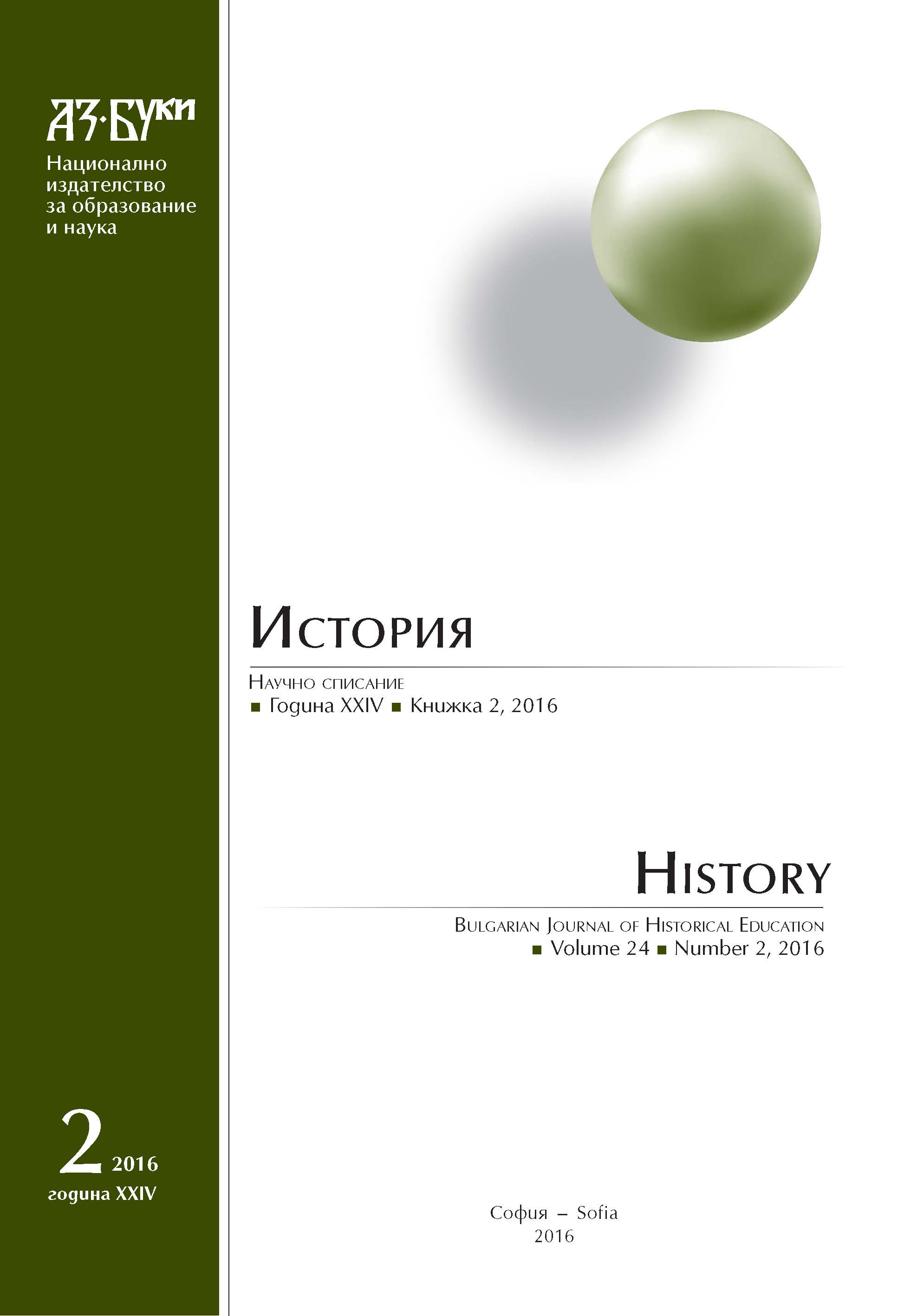
The main purpose of this article is to show the different aspects of abolitionist literature in United States during the mid-nineteen century. The wide historiographical view of this subject brings to the reader chance to receive accurate knowledge over this object. Over the last few decades the rhetoric over the abolitionism debate is circulating in many aspects, in a slightly range of historical researchers. Important target of this lemma is to show the main and impacting literature and newspaper writings in USA during relevant period.
More...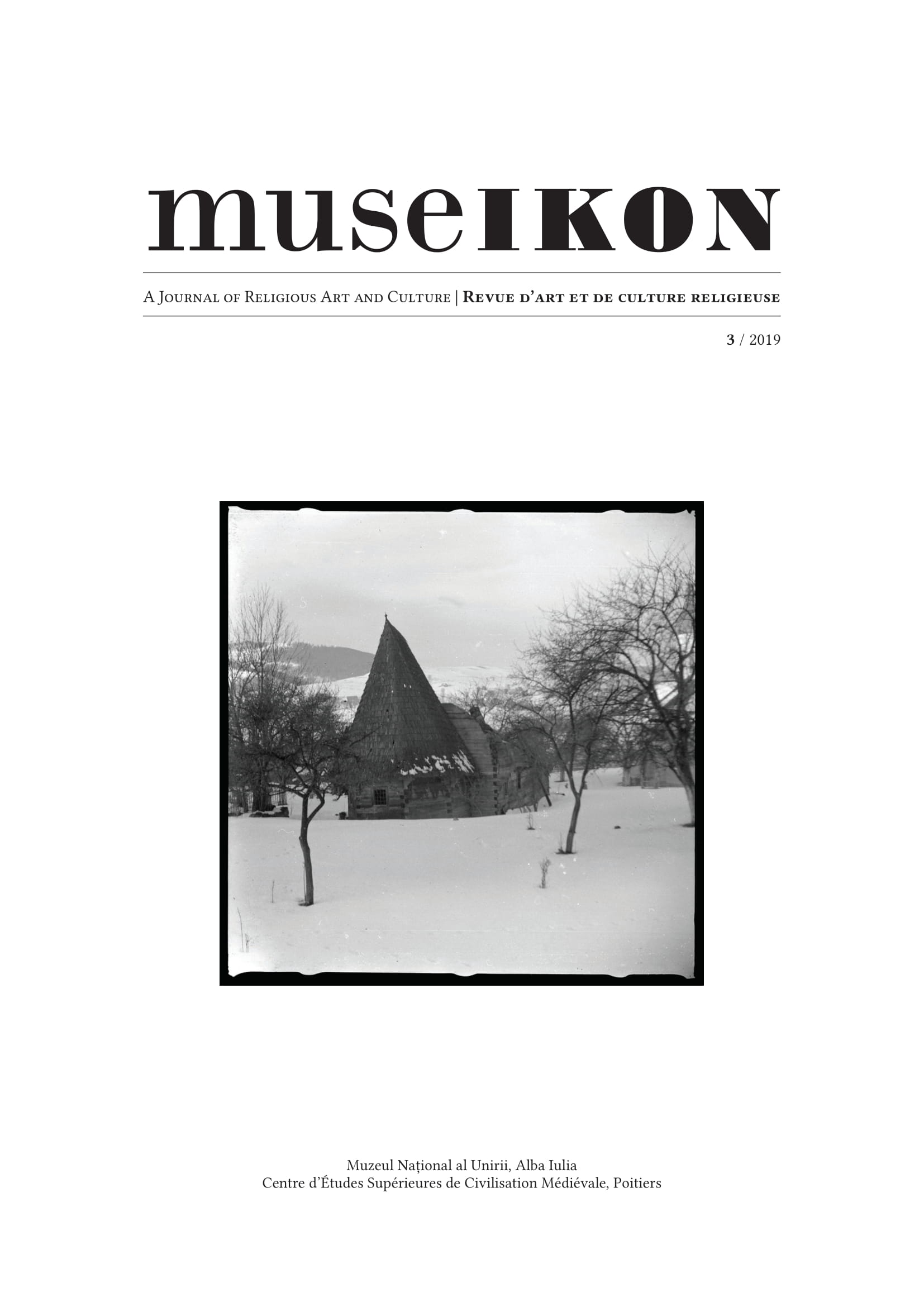
During the France-Romania Season, the Louvre Museum hosted the first Romanian art exhibition ever organized by this prestigious museum, The Byzantine tradition of embroidery in Romania between the 15th and 17th centuries. About the standard of Stephen the Great, from April 17 to July 19, 2019. 36 exhibits from Romanian and French collections were presented to the French public, of which a unique ensemble in the world of embroidery from the collections of the National Art Museum of Romania, the National History Museum of Romania, and the monasteries Putna, Sucevița, and Three Hierarchs, illustrating the liturgical textiles used in the Orthodox churches, and the particular character of the Romanian tradition. The exhibition equally focused on the symbolic gesture made by the French state to return to Romania the battle standard of Stephen the Great in 1917, one of the most beauti-ful Romanian embroideries, created in 1500 and recovered by the French army from the Zographou monastery during the First World War. In addition, the important contribution of the researcher Gabriel Millet was high-lighted by a series of photographs and watercolours, as Millet’s pioneering volume La broderie religieuses de style byzantin led to a better understanding and promotion of the unique heritage of post-Byzantine embroidered textiles in Romania.
More...
L’histoire des églises en bois des communautés roumaines du comté d’Alba peut être synthétisée par les statistiques suivantes : près de deux-cent lieux de culte ont été identifiés, dont cent-quarante-cinq ont disparu, pour diverses raisons. Habituellement, si la disparition était la con-séquence d’une calamité, le plus souvent une incendie, et si l’événement avait eu lieu avant le xixe siècle, la nouvelle église était par la suite reconstruite à nou-veau en bois. Cependant, plus de quatre-vingt-dix églises en bois (voire cent-trente d’après d’autres estimations) ont été détruites et remplacées par des églises bâties. Ce vaste programme d’édification a commencé au milieu du xviiie siècle dans les Carpates Occidentales (Apuseni) et autour de la ville de Blaj. L’apogée se situe entre les der-nières décennies du xixe siècle et les premières décennies du xxe siècle. Cela justifie le peu d’informations dispo-nibles sur leur disparition. L’histoire de chaque édifice s’explique à travers plusieurs cas de figure: églises vendues intégralement à d’autres paroisses ; églises désaffectées, le matériel étant vendu ou transformé en combustible pour alimenter les fours utilisées dans la fabrication des briques nécessaires à la construction d’une nouvelle église ; églises abandonnées, disparues discrètement après une période plus ou moins longue. Plus, des deux tiers des quel-ques deux-cent églises en bois de l’actuel comté d’Alba ont été victimes de la modernisation et du progrès de la société roumaine transylvanienne, très pré-coce dans cette région administrative, bien avant l’union de la Tran-sylvanie à la Roumanie. Quant à la situation des quarante-huit communautés qui possèdent encore des églises en bois, vingt d’entre-elles fréquentent en réalité des églises bâties, les églises en bois étant abandonnées, depuis plu-sieurs décennies, dans un état de dégradation avancé. Trente-six édifices sont inscrits sur la liste des monuments historiques, parmi lesquels se trouvent également six bâtiments entièrement ou principalement rénovés et deux églises disparues. Dans le présent article, afin de donner une image plus précise du phénomène de réduction dras-tique du nombre d’églises en bois au profit du bâti, celles-ci sont présentées dans l’ordre de leur disparition. Quel-ques informations relatives à la période de construction, à la peinture pariétale et aux ob-jets de culte sont égale-ment fournies lorsque nous avons pu recueillir les données nécessaires. Le tableau final permet d’avoir une image de l’ampleur des pertes subies par l’histoire de la culture et par l’histoire de l’art, voire par le patrimoine national
More...
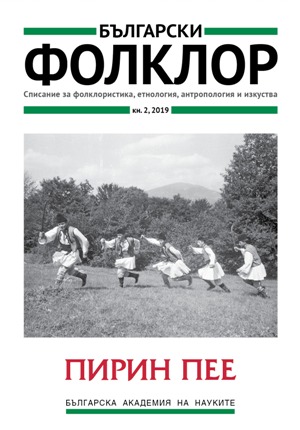
From the beginning of the 21st century and especially in its second decade, a lot of folklore festivals, sabors, singing and music making competitions, fairs, exhibitions and feasts have been created and organized. In almost every town or village (predominantly these are towns) the events take place once a year – a fact which suggests that they are in a way substitutes of the local fairs from the past. In all these cases there is folk music – either processed or unprocessed. Its role and significance determine to a great extent the type, the format and the level of the particular event.The article reveals different phenomena, certifying for the influence of the music performed on the festival where it is performed – played by professionals or by amateurs, having a main or an accompanying role, used or not with different functions and with different cultural aims.
More...
The article presents Voditsi rite in the village of Dobarsko (Razlog Municipality, Blagoevgrad Region) and the ritual song repertoire, characterized by its antique musical thinking, melody and rhythmic specifics. The scholarly focus is centered on the processes of development of the traditional rites in the local culture. The diachronic point of view to the rite reveals the dynamics in the course of time as far as from the second half of the 1950s to the middle of the 1980s Voditsi rite performed in Dobarsko by young virgins has stopped to exist. After that the rite is reconstructed, but mainly as a performance on the scene. Today the rite is an important element of the cultural heritage of the village and functions as a sign of local identity.
More...
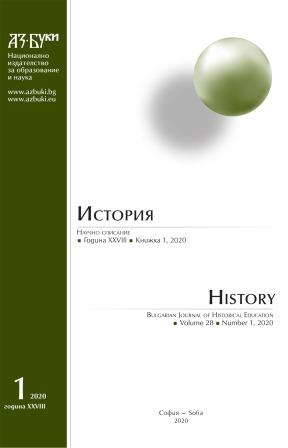
The article presents a newly found city plan of Tarnovo, which was composed in 1857 by the Brittany-born geographer and cartographer Guillaume Lejean. The city plan was found at a Paris bouquiniste in 2018. As it is unsigned, the article offers some arguments supporting its attribution to Lejean. When he visited the old Bulgarian capital in the spring of 1857, he collected data, which he published and used as a basis for drawing the plan. This is the best among the city plans (maps) of Tarnovo to be composed until the late 1870s, both as a work of cartography and in terms of its historical information and artistic value.
More...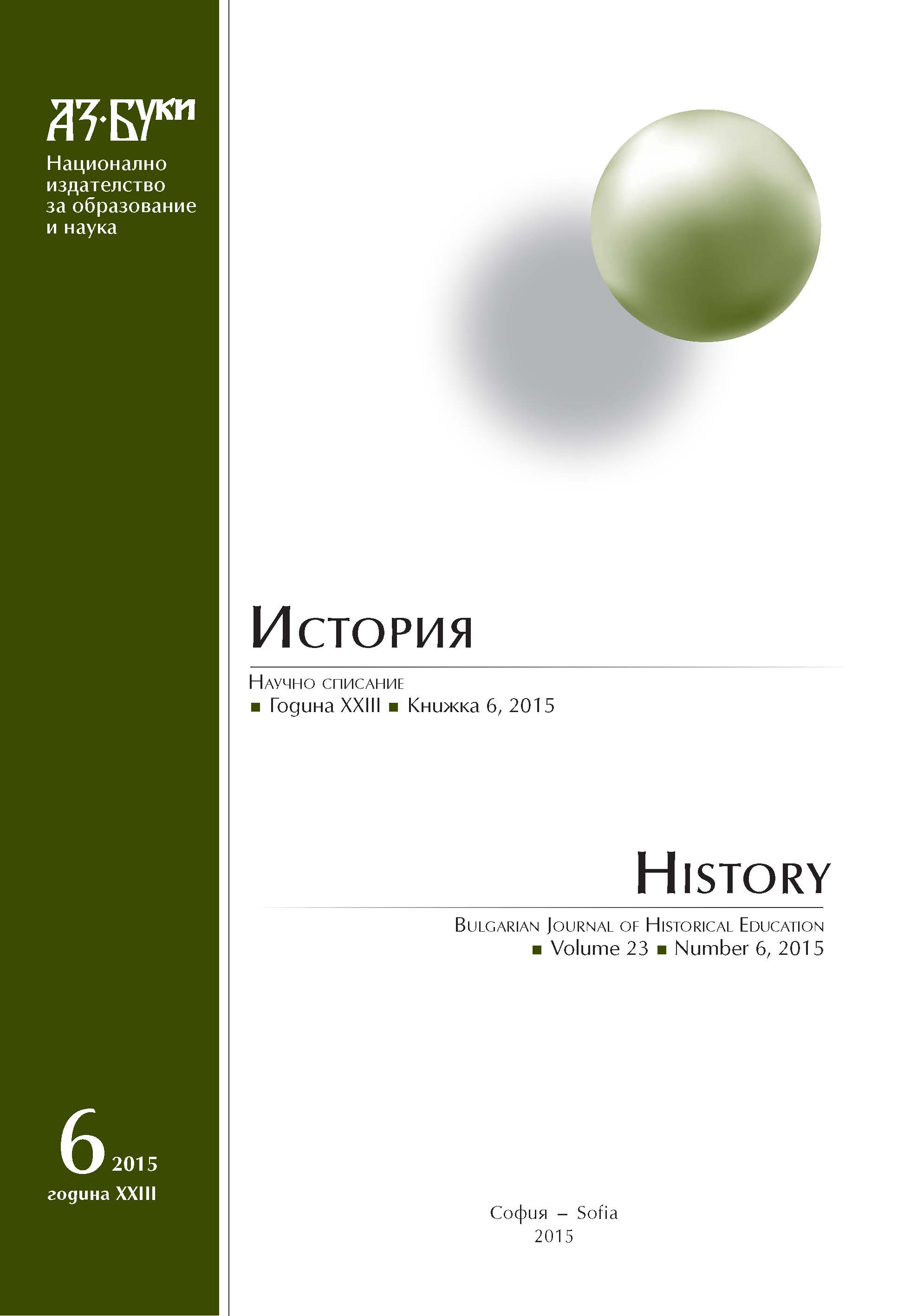
During the second half of the early Neolithic (after 5800 B.C.), the construction of two-storey houses in the Eastern and Central Balkans began. It seems that in the early Neolithic both floors of these houses were used as residential, but in the late Neolithic (after 5500/5400 B.C.) only the upper floor had residential function – the bottom was used for commercial or industrial purposes (storage of products or salt production). Some of the Neolithic houses were deliberately burned. The intentionally burned houses were buried in pits according to the principle pars pro toto (“a part for the whole”). It seems that in the early Neolithic, the pit sanctuaries were located in the periphery of the village, and in the late Neolithic, in ritual complexes situated outside the village. The researchers have no reason to separate the dead Neolithic people from their houses. It follows that the “cremated” houses might lead us to their probably cremated inhabitants - one of the possible explanations of the vast amount of “missing” graves in the Balkan Neolithic.
More...
The article reveals some moments of the life of pop Gruyo Trenchov -an ardent revolutionary who participated in The April uprising of 1876. He is author of a poem, that reflected his memories of the heroic epic.
More...
What is the modern understanding of the Islamic fundamentalism today? What is the difference between Islamic fundamentalism and Islamic terrorism? What is the political definition for these two topics? What is the forced public opinion for these social phenomenon? What is political Islam? Where is the common ground between religion and politics? The historical science and the history of the Middle East from the recent past (the last 50-60 years) gives us different answers to these questions compared to the modern political rhetoric from the end of the last century.
More...